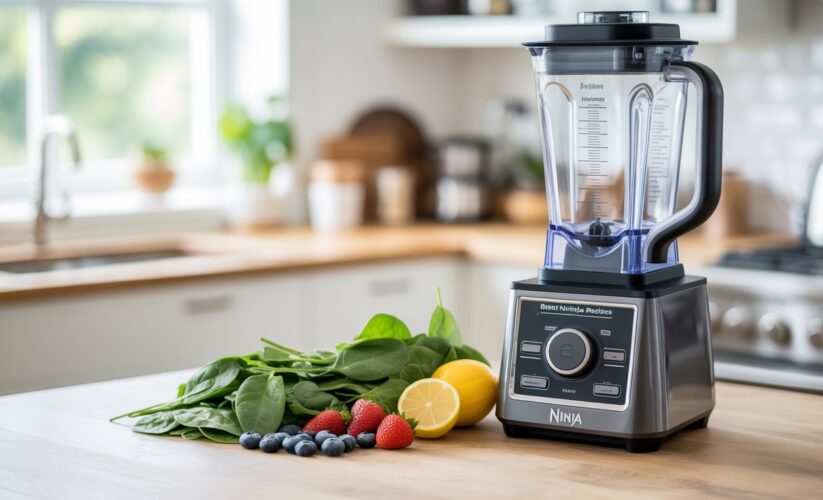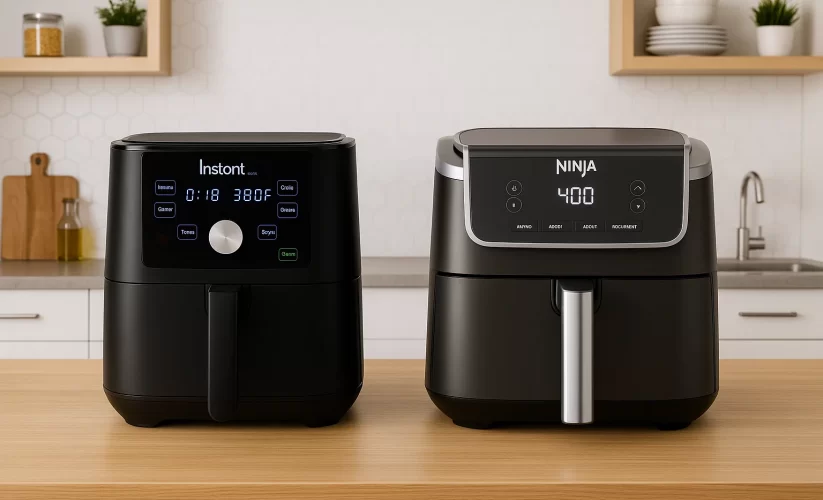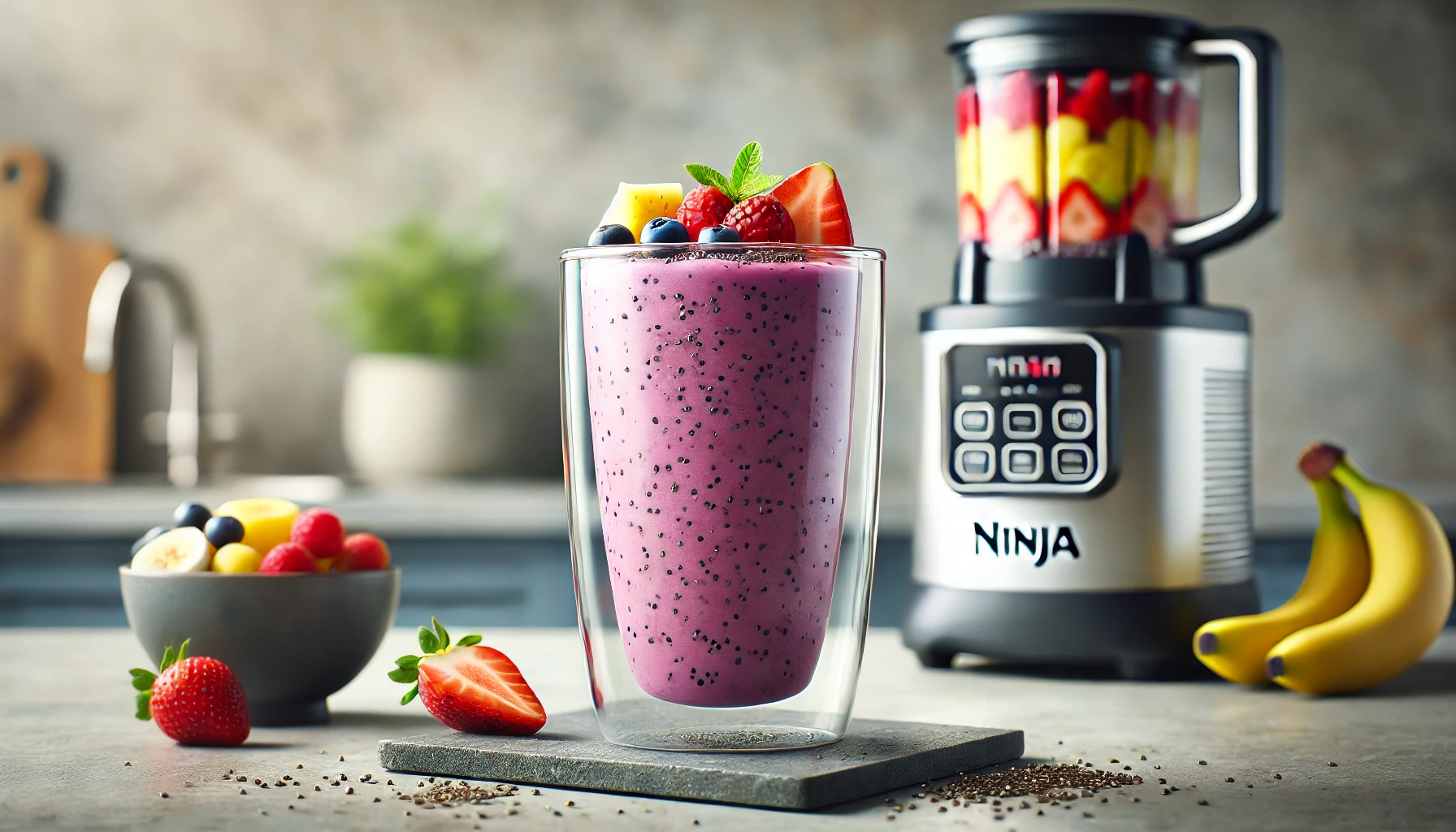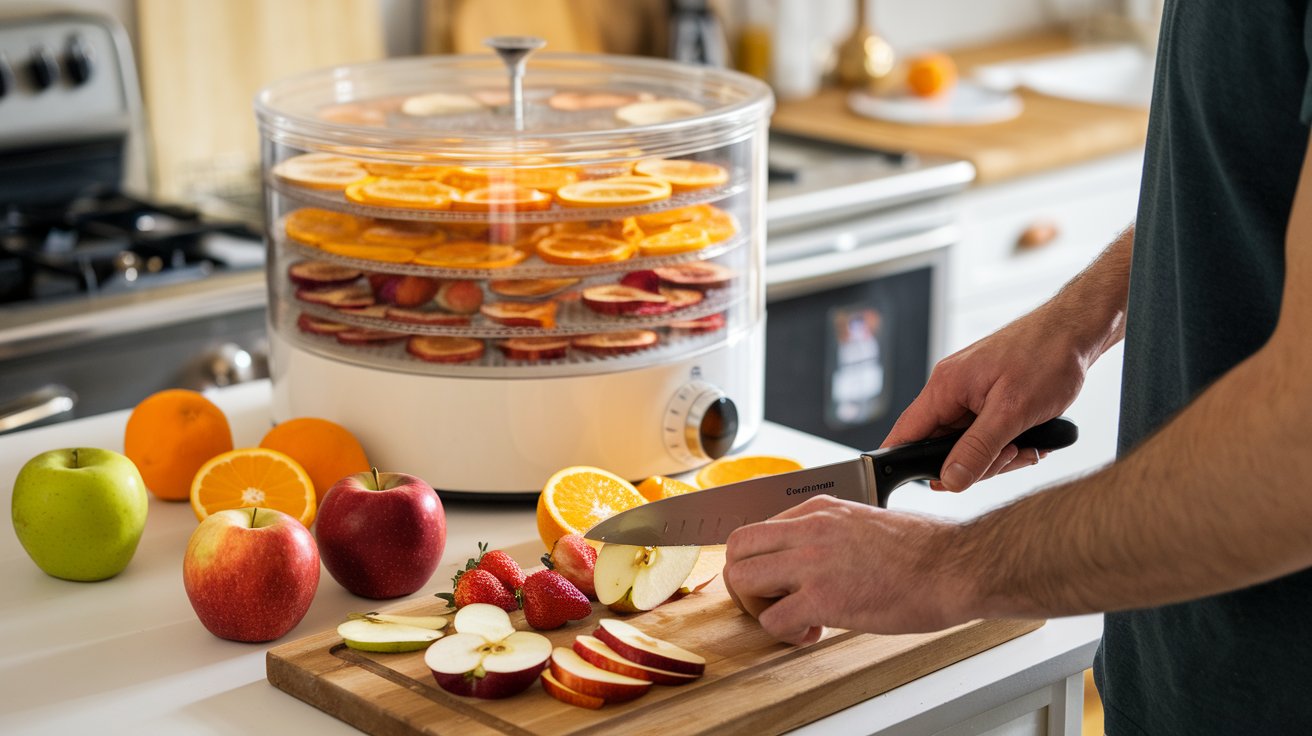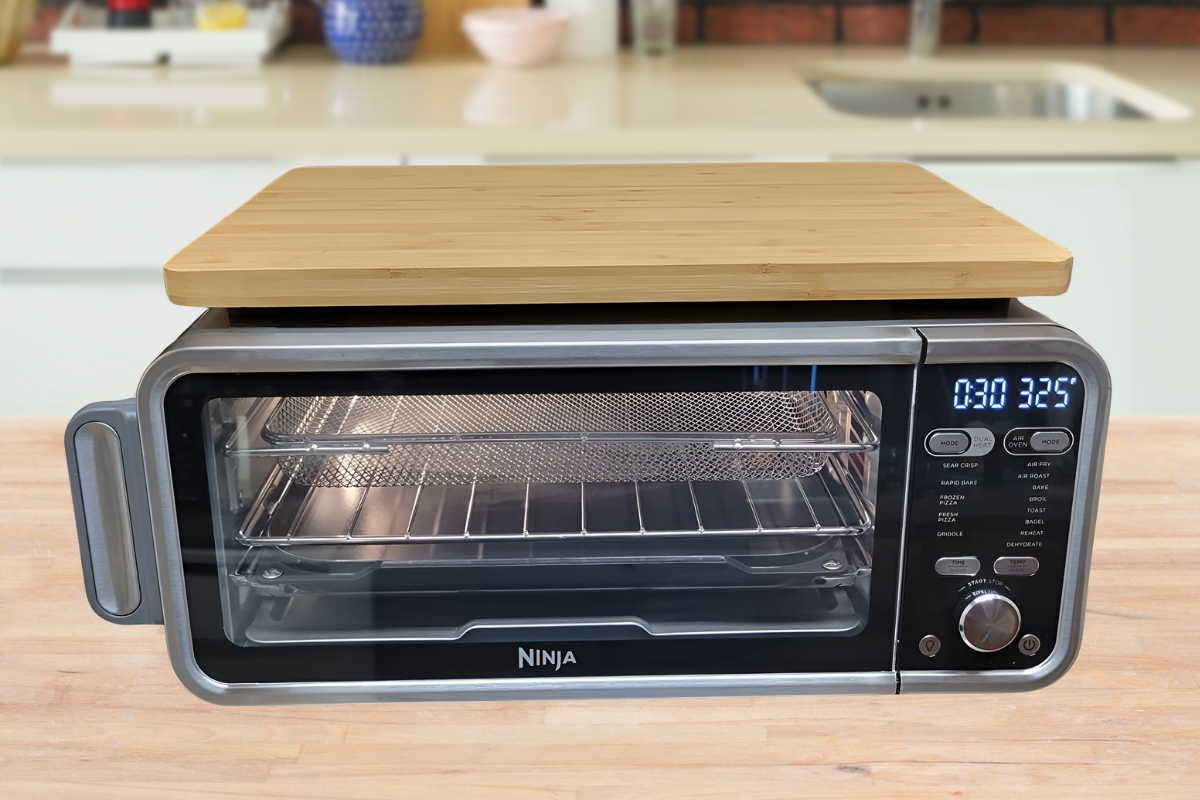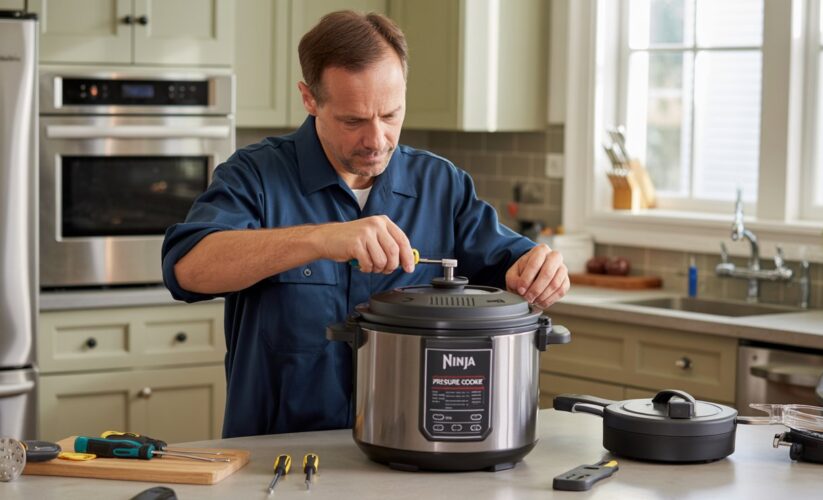
Ninja Pressure Cooker Troubleshooting Guide
When your Ninja pressure cooker suddenly stops working properly, it can derail meal preparation and leave you frustrated. Whether you’re dealing with a unit that won’t build pressure, displays mysterious error codes, or simply refuses to turn on, these common malfunctions often have simple solutions that don’t require professional repair or replacement.
Most Ninja pressure cooker issues stem from basic maintenance oversights, improper setup, or normal wear on key components like sealing rings and pressure valves. The encouraging news is that homeowners can resolve approximately 90% of pressure cooker problems using standard troubleshooting techniques and readily available replacement parts.
This comprehensive troubleshooting guide addresses the most frequently reported Ninja pressure cooker problems, providing step-by-step solutions that restore your appliance to optimal performance. From pressure building failures to confusing error messages, you’ll discover proven methods that experienced users rely on to keep their pressure cookers functioning reliably for years.
“The best kitchen tool is one you understand completely – not just how to use it, but how to fix it when things go wrong.”
— Kitchen Equipment Specialists Association
Key Takeaways
- Most pressure issues stem from improper sealing or damaged gaskets that can be easily fixed
- Error codes are diagnostic tools that pinpoint specific problems with clear solutions
- Regular maintenance prevents 90% of common pressure cooker malfunctions
- Safety features sometimes trigger false alarms that appear as malfunctions but protect users
- Simple checks like power connections and lid alignment resolve many reported issues
- 10 in 1 functionality: Pressure Cook, Slow Cook, Steam, Sous Vide, Yogurt, Air Fry, Broil, Bake/Roast, Dehydrate, Sear/Saute.
- 10 Cooking Functions: Pressure cook, slow cook, sous vide, sauté, sterilize, cook yogurt and rice, bake, steam, or simply keep warm, all in one easy appliance
- Customizable Smart Programs: Tackle every recipe with 28 one-touch options covering all essential meals
- Good Food Done Faster: Preheat 20% faster and cook up to 70% faster compared to slow cooking methods
- Easy & Convenient Steam Release: Gentle steam release switch and diffusing cover allow you to confidently and quietly release steam every time
- FAST MULTI-COOKING: 10 cooking modes let you pressure cook, air fry, steam, slow cook, bake, roast, broil, dehydrate, sous vide, sear or sauté—all in one device.
- FAMILY-SIZE CAPACITY: 6.5-quart pot accommodates large meals — fits over 4 cups of rice, a 7-lb roast, or a whole chicken for easy family dinners.
- TENDERCRISP FINISH: Pressure cook to lock in moisture then crisp with air fry mode for juicy insides and golden, crispy outsides.
- PRECISE HEAT CONTROL: Premium bottom heating element ensures even cooking and reliable temperature regulation whether slow-cooking, baking, or air frying.
The Journey from Frustration to Mastery
Every pressure cooker owner has been there – that moment when your reliable kitchen companion suddenly stops working as expected. The journey from confusion to confident troubleshooting begins with understanding that these issues, while frustrating, are typically straightforward to resolve.
Most pressure cooker problems fall into predictable patterns. The appliance fails to build pressure, displays error codes, or simply won’t turn on. Each scenario has its own set of solutions, and recognizing the symptoms helps you quickly identify the right fix.
Common Pressure Building Problems
When Your Ninja Won’t Build Pressure
The most frequent complaint involves pressure cookers that refuse to reach the necessary pressure for cooking. This manifests in several ways: the cooking cycle never begins, steam continuously escapes from unexpected places, or the pressure indicator never moves.
- Sealing Ring Issues The sealing ring bears responsibility for creating the airtight environment essential for pressure cooking. Over time, these silicone rings can warp, crack, or become dislodged. Check that the sealing ring sits properly in its groove around the lid’s interior. Look for visible cracks, permanent warping, or food residue that might prevent a tight seal.
A warped or damaged sealing ring requires immediate replacement. Even minor imperfections can prevent proper pressure building. When installing a new ring, ensure it sits evenly in the groove without twisting or bunching. - Lid Alignment Problems Improper lid placement accounts for many pressure-building failures. The lid must align perfectly with the base, with locking mechanisms fully engaged. Listen for the distinctive click that indicates proper closure. If the lid feels loose or doesn’t lock securely, remove it and reposition it carefully.
Pay attention to the pressure valve position as well. Some Ninja models require the valve to be in the “seal” position for pressure cooking. A valve left in the “vent” position will release steam continuously, preventing pressure accumulation. - Overfill or Underfill Issues Proper fill levels are crucial for pressure cooking success. Overfilling can block steam vents and pressure valves, while underfilling might not provide enough liquid to generate steam. Follow the maximum fill lines marked inside your pressure cooker, typically two-thirds full for most foods and half full for expanding ingredients like rice or beans.
Electrical and Heating Complications
Power and Display Problems
Sometimes the issue isn’t mechanical but electrical. A pressure cooker that won’t turn on, displays erratic behavior, or shows a blank screen often has power-related problems.
- Connection and Outlet Issues: Before assuming appliance failure, verify that your pressure cooker receives adequate power. Test the electrical outlet with another device to confirm functionality. Examine the power cord for damage, paying special attention to areas near the plug and where the cord enters the unit.
Some Ninja pressure cookers require specific voltage levels to operate correctly. If you’re using an extension cord, ensure it can handle the appliance’s power requirements. Heavy-duty extension cords work better than lightweight household varieties.
- Internal Heating Element Problems: If your pressure cooker powers on but fails to heat, the heating element might need attention. This typically manifests as normal startup behavior followed by failure to warm the contents. Unfortunately, heating element issues usually require professional service or replacement, as they involve internal components not designed for user repair.
Decoding Error Messages
Understanding Your Ninja’s Communication System
Modern Ninja pressure cookers communicate problems through error codes displayed on their digital screens. These codes might seem cryptic initially, but they provide valuable diagnostic information.
Common Error Codes and Solutions
- “BURN” Error: This error indicates that the bottom of the pot has become too hot, usually due to insufficient liquid or food sticking to the bottom. Turn off the pressure cooker, allow it to cool, then check the contents. Add more liquid if necessary and ensure food isn’t sticking to the pot’s bottom.
- “FOOD BURN” Warning: Similar to the BURN error but specific to food residue. This often occurs with thick sauces, dairy products, or recipes with high sugar content. Clean the pot thoroughly, add more liquid, and consider using a steamer basket to elevate sticky ingredients above the liquid level.
- “LID” Error: The pressure cooker detects that the lid isn’t properly secured. Remove the lid completely and reinstall it, ensuring all locking mechanisms engage fully. Check that nothing obstructs the lid’s sealing surface.
- Pressure Sensor Malfunctions: Some error codes indicate pressure sensor problems. These sensors monitor internal pressure and temperature, triggering safety shutoffs when readings fall outside normal parameters. If pressure sensor errors persist after basic troubleshooting, professional service might be necessary.
Maintenance Solutions That Prevent Problems
Proactive Care for Long-Term Reliability
Regular maintenance prevents most pressure cooker problems before they occur. Developing consistent cleaning and inspection routines keeps your Ninja operating smoothly for years.
- Deep Cleaning Protocols: After each use, disassemble removable parts for thorough cleaning. The sealing ring, pressure valve, and lid components need special attention. Food particles or grease buildup in these areas can cause sealing problems or affect pressure regulation.
Soak the sealing ring in warm, soapy water to remove odors and residue. Some users find that running the ring through a dishwasher cycle helps maintain its flexibility and cleanliness. However, check your specific model’s manual for dishwasher safety recommendations.
- Component Inspection Schedule: Monthly inspections help identify potential problems early. Examine the sealing ring for cracks, warping, or permanent stretching. Check the pressure valve for smooth movement and clear passages. Look for mineral deposits around steam vents that might restrict airflow.
The pot’s interior deserves attention too. Scratches or damage to non-stick surfaces can affect cooking performance and make cleaning more difficult. While minor scratches typically don’t affect functionality, deep gouges might require pot replacement.
Addressing Safety Feature Activations
When Protection Systems Seem Like Problems
Modern pressure cookers incorporate multiple safety systems designed to prevent accidents. Sometimes these features activate in response to conditions that seem normal to users, creating confusion about appliance functionality.
- Temperature Safety Shutoffs: If your pressure cooker shuts down unexpectedly during cooking, temperature safety systems might be responding to overheating conditions. This can happen with thick recipes, insufficient liquid, or blocked vents. Allow the unit to cool completely before investigating the cause.
- Pressure Relief Mechanisms: Excessive pressure triggers automatic relief mechanisms that vent steam to prevent dangerous pressure buildup. While alarming, these systems protect users from potential hazards. If pressure relief occurs frequently, examine your recipes for excessive liquid or ingredients that might foam excessively.
Advanced Troubleshooting Techniques
When Basic Solutions Don’t Work
Some pressure cooker problems require more sophisticated troubleshooting approaches. These techniques help identify less obvious issues that might not respond to standard fixes.
- Steam Leak Detection: Minor steam leaks can prevent proper pressure building without being immediately obvious. During the pressure building phase, carefully observe all sealing surfaces for escaping steam. Pay attention to the lid’s perimeter, valve connections, and any removable components.
Use a flashlight to inspect sealing surfaces for damage or debris. Even tiny food particles can create leak paths that prevent pressurization. Clean all contact surfaces thoroughly and inspect them under good lighting.
- Pressure Valve Functionality Tests: The pressure valve should move freely between positions and seal completely when closed. Test the valve’s movement by hand when the unit is cool and empty. Sticky or resistant valves might need cleaning or lubrication with food-safe lubricants.
Some valves have removable components that can be disassembled for thorough cleaning. Consult your manual for specific instructions, as valve designs vary between models.
Recipe Adaptation Strategies
Modifying Cooking Methods for Consistent Results
Sometimes troubleshooting involves adapting cooking techniques rather than fixing mechanical problems. Understanding how different recipes interact with pressure cooking helps prevent issues that masquerade as appliance malfunctions.
- Liquid Requirements for Different Foods: Each ingredient category has specific liquid needs for successful pressure cooking. Grains and legumes absorb significant amounts of water, while vegetables release moisture during cooking. Adjusting liquid levels based on ingredient types prevents both burning and excessive liquid issues.
Dense ingredients like root vegetables need more cooking liquid than leafy greens. Frozen ingredients require additional liquid to compensate for ice melt that doesn’t immediately contribute to steam generation.
- Timing Adjustments for Problem Recipes: Some recipes consistently cause problems in pressure cookers due to timing or ingredient interactions. Dairy products can curdle under high pressure, while delicate vegetables can overcook quickly. Learning to modify problematic recipes saves frustration and improves results.
Consider using natural pressure release for delicate ingredients and quick release for sturdy vegetables. Timing adjustments often prevent the conditions that trigger error messages or poor results.
Building Confidence Through Understanding
Successful pressure cooker troubleshooting comes from understanding both the mechanical systems and cooking principles involved. Each problem you solve builds knowledge that helps prevent future issues and improves your overall pressure cooking skills.
The relationship between pressure, temperature, and cooking time affects every recipe you prepare. Understanding these relationships helps you recognize when problems stem from technique rather than equipment failure. This knowledge transforms troubleshooting from guesswork into logical problem-solving.
Creating a Troubleshooting Toolkit
Resources for Quick Problem Resolution
Maintaining a simple troubleshooting toolkit ensures you can address problems quickly when they arise. This toolkit doesn’t require special tools – just organized information and replacement parts for common failures.
Keep a copy of your pressure cooker manual in an accessible location, along with notes about successful solutions to problems you’ve encountered. Document error codes and their solutions for quick reference during future issues.
Stock essential replacement parts like sealing rings and pressure valves. These components have limited lifespans and benefit from proactive replacement rather than emergency shopping when problems occur.
The Path Forward: Prevention and Preparation
Mastering Ninja pressure cooker troubleshooting transforms kitchen frustrations into minor inconveniences with known solutions. The key lies in systematic problem-solving, regular maintenance, and understanding your appliance’s communication systems.
Every challenge you overcome builds expertise that makes future troubleshooting faster and more effective. Soon, you’ll recognize problem patterns and implement solutions almost automatically. The journey from confusion to confidence happens gradually, with each successful repair building knowledge and skills.
Your pressure cooker serves as more than just an appliance – it’s a reliable partner in creating delicious, efficient meals. Understanding how to maintain and troubleshoot this partnership ensures years of successful cooking adventures, with the confidence that minor problems won’t derail your culinary plans.
Remember that most pressure cooker problems have straightforward solutions that don’t require professional service or replacement. With patience, systematic troubleshooting, and the right knowledge, you can resolve the vast majority of issues and keep your Ninja pressure cooker performing at its best.
Frequently Asked Questions
Q: Why does my Ninja pressure cooker keep showing a “BURN” error even after adding more liquid?
A: The “BURN” error persists when food particles stick to the bottom of the pot or when the heating element detects overheating. Turn off the unit, let it cool completely, then remove all contents and thoroughly scrape the bottom of the pot. Check for caramelized food residue that might not be immediately visible. When restarting, add liquid first, then ingredients, and avoid thick sauces that can stick during the initial heating phase.
Q: How often should I replace the sealing ring in my pressure cooker?
A: Replace sealing rings every 12-18 months with regular use, or sooner if you notice cracks, permanent warping, or persistent odors that don’t wash away. Heavy users might need replacement annually, while occasional users can extend replacement intervals to 2 years. Always keep a spare ring on hand since they can fail unexpectedly and are essential for proper operation.
Q: My pressure cooker builds pressure but food comes out undercooked. What’s wrong?
A: This typically indicates that the pressure isn’t reaching proper levels due to minor steam leaks or altitude adjustments needed in your cooking times. Check all sealing surfaces for food particles or damage. If you live above 3,000 feet elevation, increase cooking times by 5% for every 1,000 feet above sea level. Also verify that you’re using enough liquid – insufficient liquid can prevent proper steam circulation.
Q: Can I use my Ninja pressure cooker if the non-stick coating is scratched?
A: Minor scratches don’t affect safety or pressure cooking functionality, though they may make cleaning more difficult and could worsen over time. Avoid metal utensils and abrasive cleaners to prevent further damage. Deep scratches that expose the metal underneath should prompt replacement of the cooking pot, as they can affect food safety and cooking performance.
Q: Why does steam keep coming out of the pressure valve even when it’s set to “seal”?
A: Continuous steam leakage from a properly positioned valve usually indicates valve component damage or debris blocking the seal. Remove the valve assembly and clean all parts thoroughly, checking for food particles or warping. If cleaning doesn’t solve the problem, the valve mechanism may need replacement. Some models have removable valve components that can be disassembled for deeper cleaning or individual part replacement.
Last update on 2025-12-15 / Affiliate links / Images from Amazon Product Advertising API
*We may earn a commission for purchases made using our links. Please see our disclosure to learn more.




